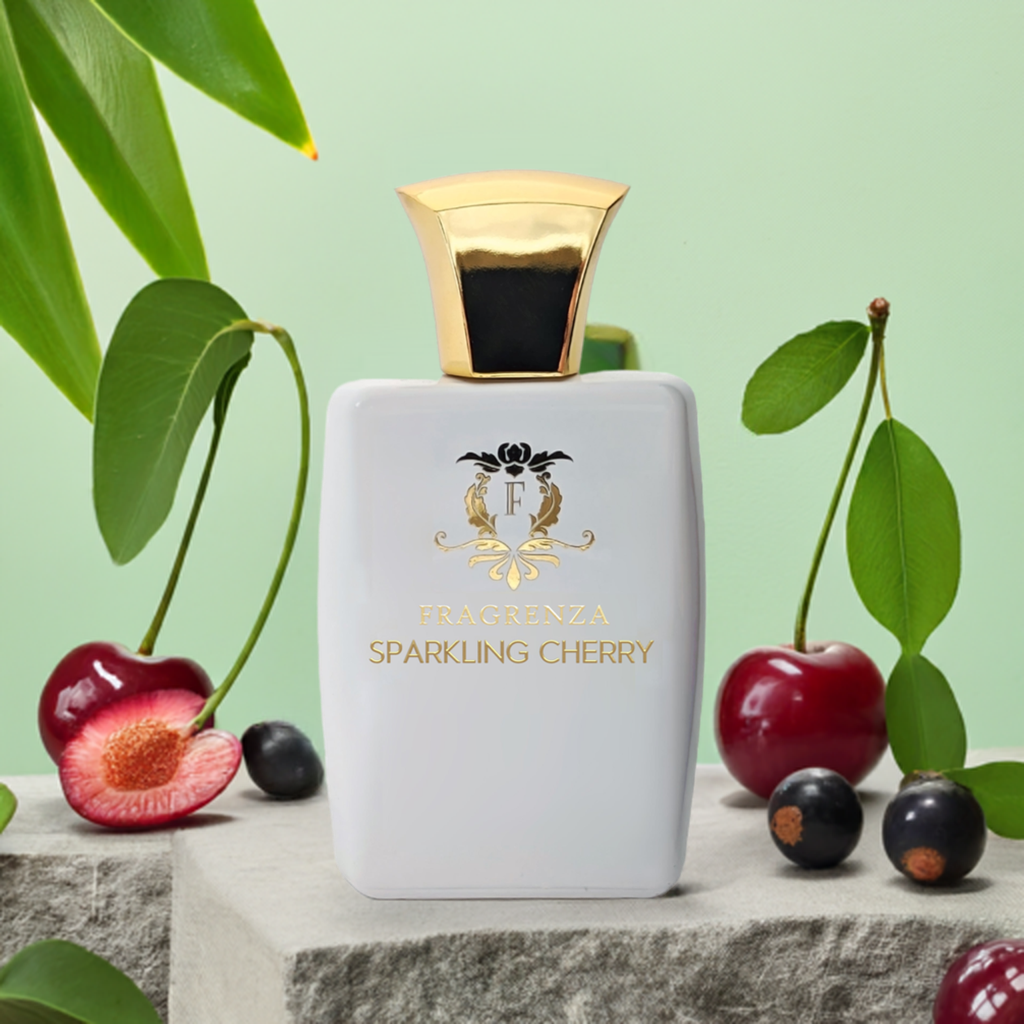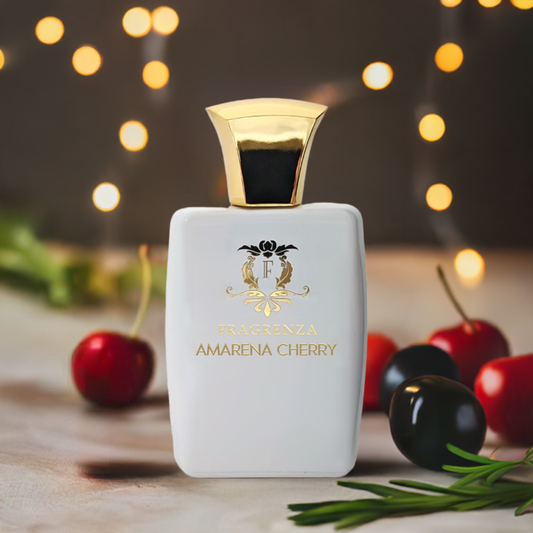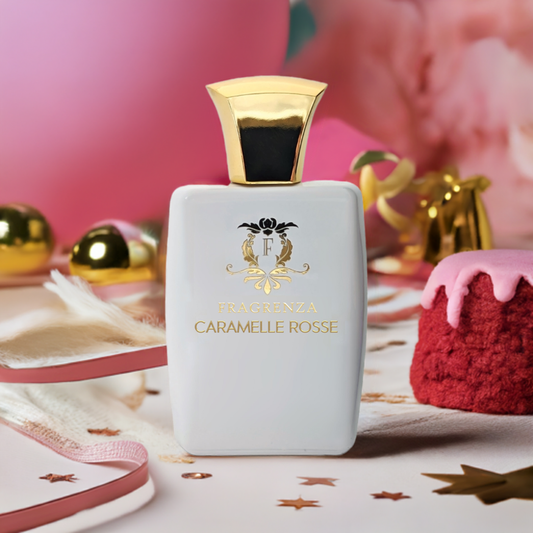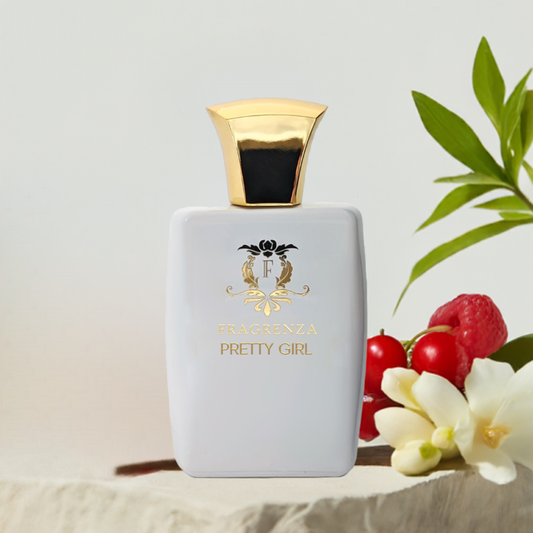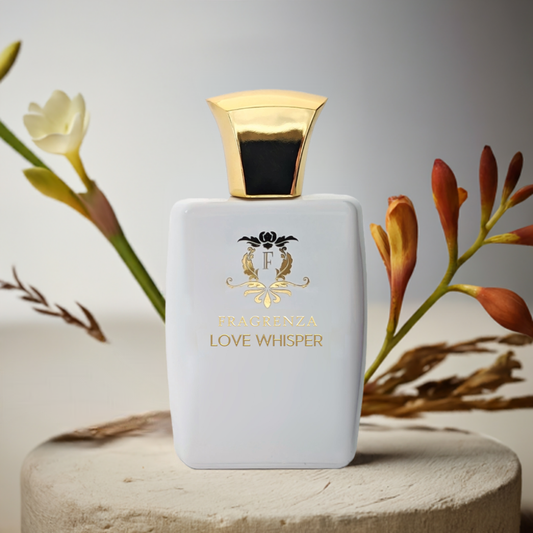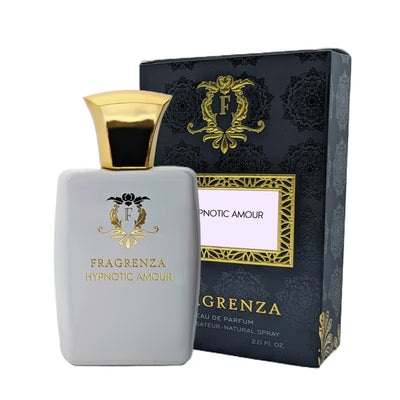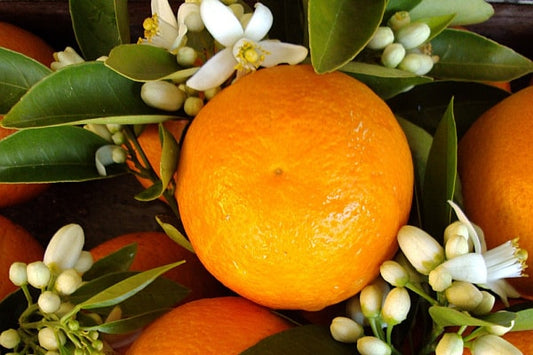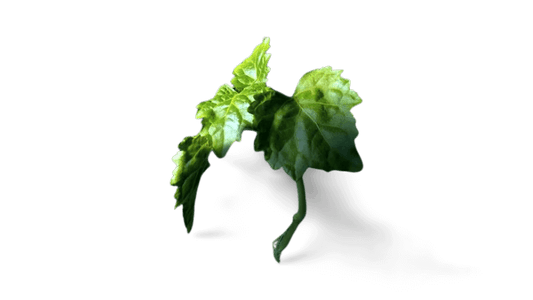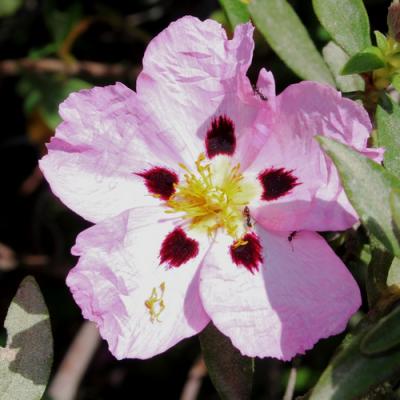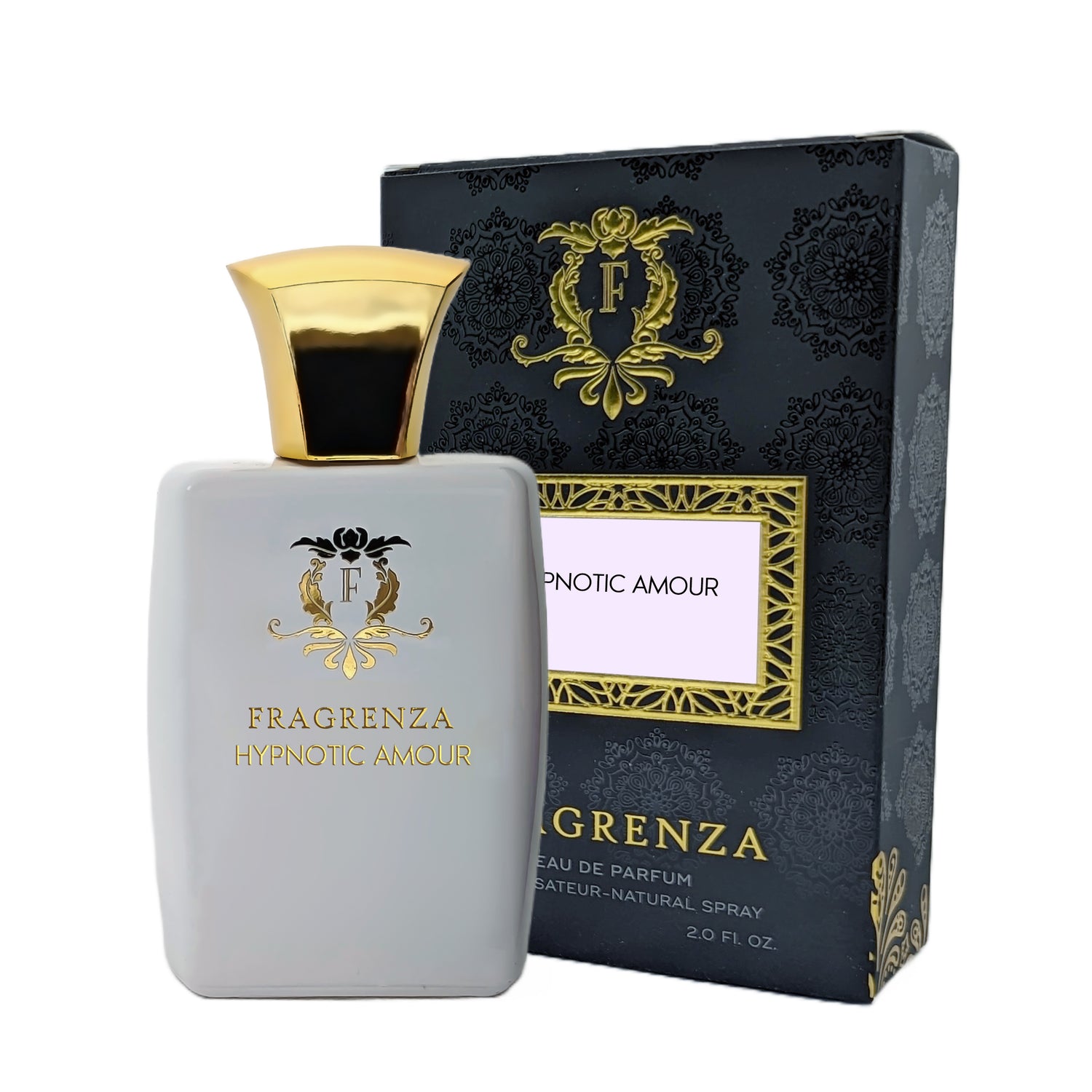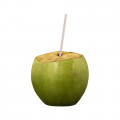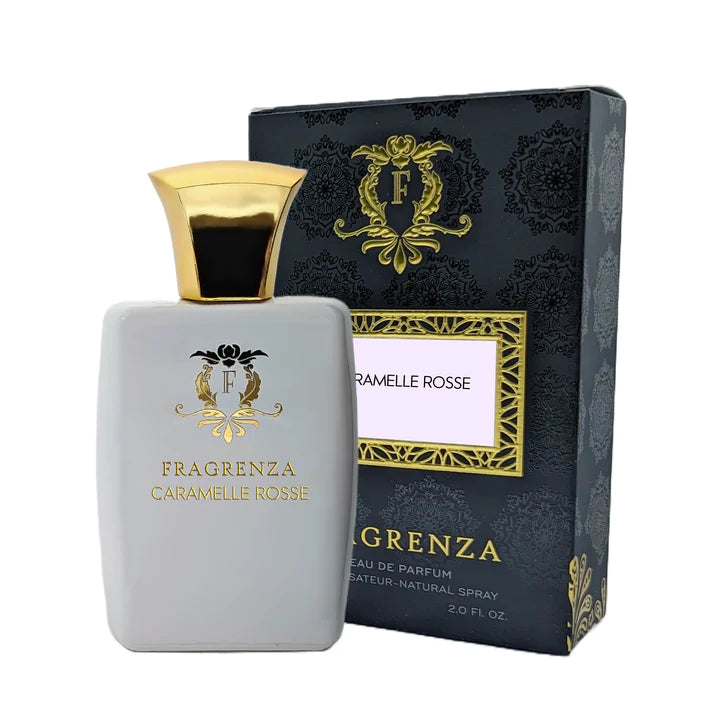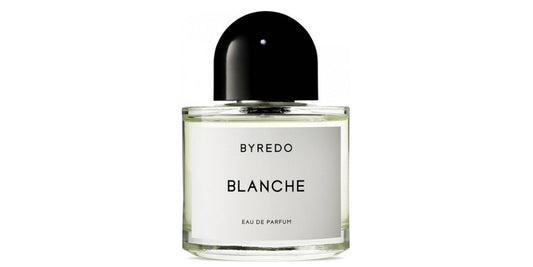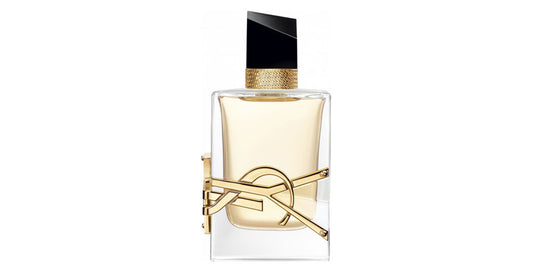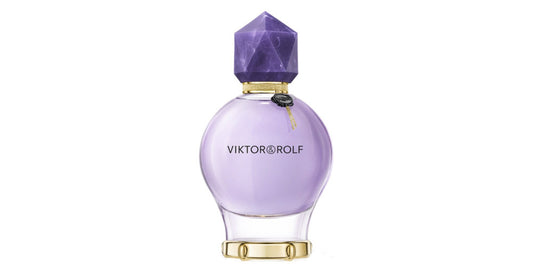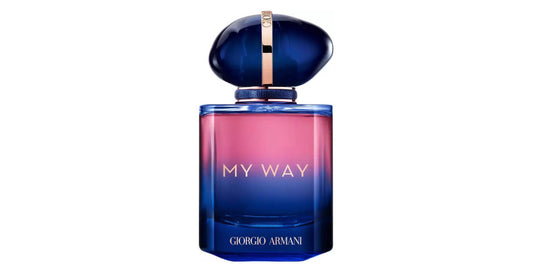Coconut in perfumery
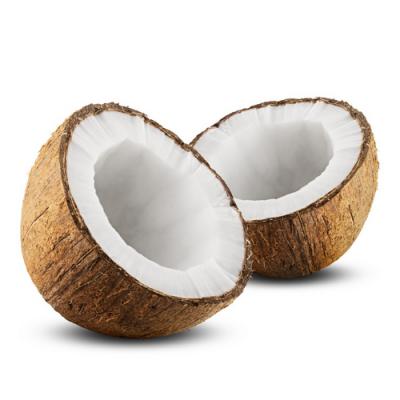
In This Article
Coconut, a tropical delight
The coconut is the fruit of the coconut palm, a member of the Arecaceae family. This fruit can measure up to 30 cm in diameter and has a smooth, light green or orange exterior when unripe. As it matures, it becomes enveloped in a thick layer of brown woody fibers and a solid shell, protecting its whitish flesh, which is the edible part of the fruit. Coconut germination takes between 4 to 10 months, with the coconut palm producing its first fruits at around 5 to 6 years of age. However, it reaches its peak production when it is about fifteen years old, bearing between 50 and 500 coconuts. The tree's production starts to decline as it approaches its 50th birthday. Coconuts can be harvested in two ways: either by plucking unripe fruits directly from the tree or by collecting ripe nuts that have fallen to the ground. It takes a year for a coconut to fully mature. To open a coconut, it is customary to pierce it at the level of its "eyes," identified by three small dark spots at its base. The coconut water can be drained, and the shell can be cracked open with a hammer or the back of a machete blade. Coconut is a highly nutritious fruit, rich in potassium, iron, magnesium, phosphorus, copper, and zinc. Its juice can also be consumed as a refreshing drink.
The exotic aroma of coconut
Beyond its taste, coconut is widely used in perfumery for its distinctive and exotic aroma. It is commonly found in feminine fragrances and home scents. Generally, coconut is placed as a base note, adding a gourmand, solar, and milky quality to perfumes. Its presence often enhances the exotic character of certain creations. Perfumers usually recreate its scent using other raw materials, primarily gamma-nonalactone, a lactone that naturally occurs in coconut. However, coconut pulp can also be extracted to produce an oil with its characteristic aroma.
Today, the scent of coconut, often reminiscent of monoi, can be found in many summer fragrances. It proudly features in Calvin Klein's CK One Summer 2014 edition and Escada's Born in Paradise. Coconut is also a beloved note in Reminiscence fragrances, bringing an irresistible tropical touch to their creations.
